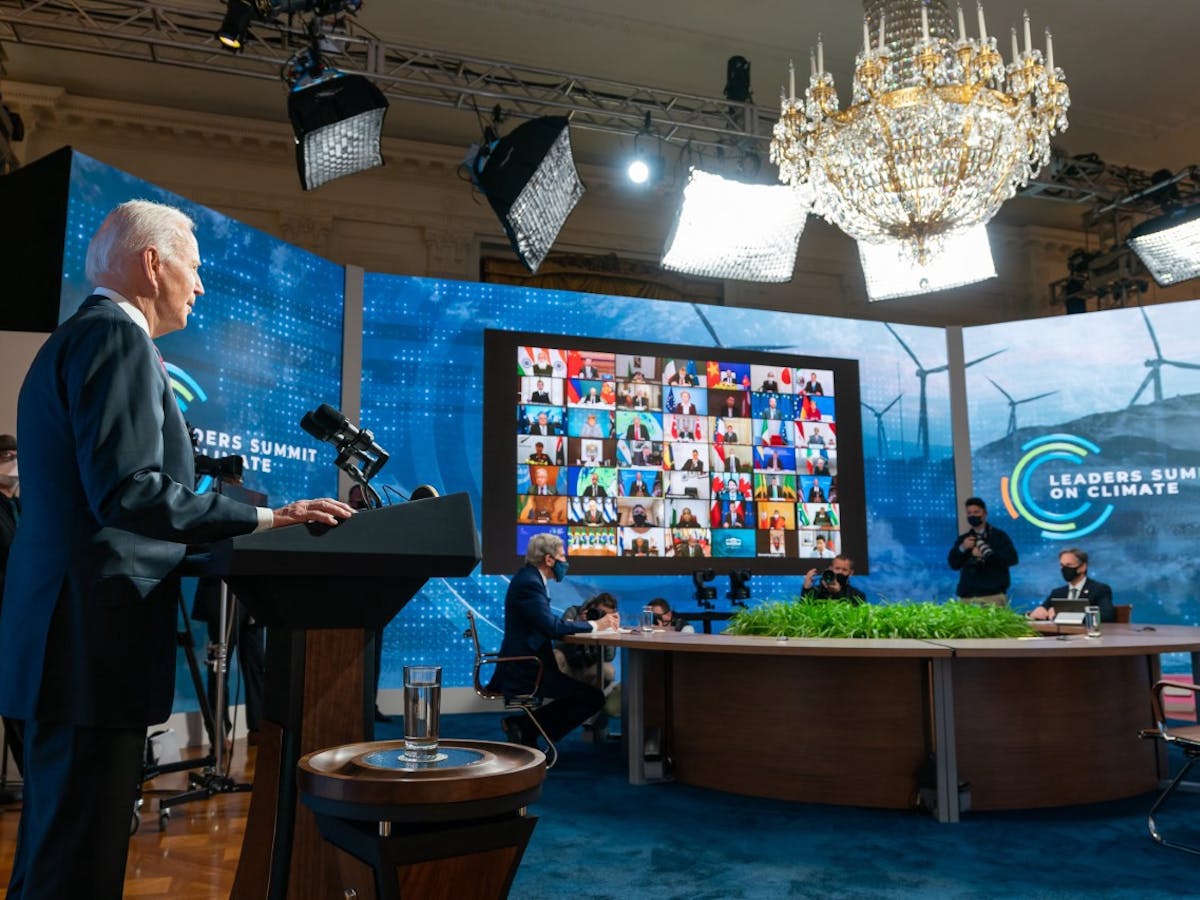Jolie Schwarz & Christian Donaldson
Yesterday, the Biden administration released its much anticipated International Climate Finance Plan, which we were happy to see included several important provisions on the Multilateral Development Banks (MDBs), given the outsized role MDBs play in climate finance — and the significant influence the U.S. wields at those institutions. In particular, the plan calls for more ambitious targets and policies for climate finance at the MDBs, as well as for Treasury to develop guidance on how the U.S. will use its influential voting power to make sure MDB policies and strategies are aligned with the Paris Agreement. It also calls for phasing out “inefficient fossil fuel subsidies internationally, which undermine international climate finance efforts.” However, the plan also falls short in a few key areas:
- It missed the opportunity to outline how the U.S. will work to enhance transparency of climate finance accounting at the MDBs. Encouragingly, one of the five pillars of the plan is devoted to enhancing transparency of climate finance, but the plan only addresses how the U.S. will improve the “definition, measurement, and reporting of climate finance” for U.S. bilateral assistance. While the World Bank has set (and easily met) targets for its “climate-related” portfolio, it is impossible to verify the Bank’s numbers with the project- level information it currently discloses.
- The plan does not include recommendations for phasing out fossil fuel financing at the MDBs. One of the main pillars of the plan is “Ending International Official Financing for Carbon-Intensive Fossil Fuel Based Energy,” yet the plan lacks specific timelines for ending fossil fuel investments by the U.S. Export-Import Bank (EXIM) or the MDBs, which provide billions of dollars for fossil fuel projects every year. The plan instead notes that Treasury will develop guidance on how the U.S. will use its influential voting power to “shape MDB strategies and policies…to align with the Paris Agreement.” Previous versions of similar Treasury guidance took more detailed positions on whether and how the U.S. could support fossil fuel lending; under the Obama administration, the guidance was primarily focused on limiting coal, while the Trump administration took a supportive position on fossil fuel financing more generally. Any guidance developed by the Biden administration should include specific criteria for assessing whether any fossil fuel projects would be acceptable. It should also set clear expectations for the MDBs on timelines for phasing out investments in fossil fuels and ensure the institutions require that existing fossil fuel projects in their portfolios meet international best practices on transparency, accountability, and community consultation. Treasury should also absolutely consult with civil society as it develops this guidance.
- The plan is silent as to how the fossil fuel industry continues to be supported through opaque lending instruments. The plan does not specifically mention the sizable portion of MDB lending flowing through opaque lending instruments like financial intermediaries that support fossil fuel projects — including new coal plants. Treasury should play a leading role at the MDBs to build greater transparency into these forms of lending, and to ensure that all strategies and policies aimed at phasing out exposure to fossil fuels include these instruments. The World Bank’s Climate Change Action Plan that will guide its lending for the next 5 years is currently under development, and the U.S. should use this opportunity to call for the inclusion of mandatory requirements for shifting its energy investments in a new direction. The upcoming 20th replenishment of the Bank’s fund for the poorest countries, the International Development Association, will also be an important opportunity for the U.S. to guide the World Bank on its support to low-income countries for a more sustainable recovery that benefits all.
The U.S. is poised to take on a much stronger leadership role on climate than under the Obama administration, but its plans should extend to what the administration will expect from the MDBs. The guidance Treasury is due to issue will not only serve as a guide to U.S. government officials on how to vote on specific projects, but also to MDB staff as they design and choose projects to support. In the coming months, we hope to see a much clearer roadmap for ending all U.S. support for any new public financing of fossil fuel projects internationally. It is time for the U.S. to focus on shifting resources away from fossil fuels and towards a just transition and expanding energy access for communities living in poverty.
Photo Credit: White House photo by Adam Schultz

